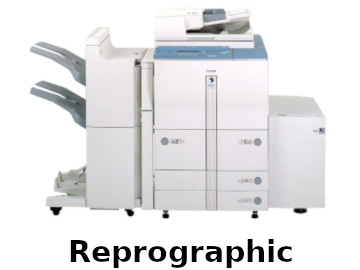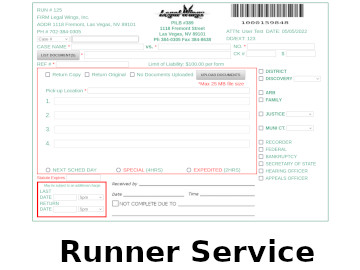E-Discovery
Forensic data Discovery is identifying the key data in your case. We have an expert that will consult and assist you with your Forensic data. We take pride in our knowledge of the process and our expert will work with you thoughtout the entire process. In the process of electronic discovery, data of all types can serve as evidence. This can include text, images, e-mails, voicemails, instant messages, calendars, audio files, data on handheld devices, animation, metadata, graphics, photographs, spreadsheets, websites, drawings and other types of digital data and computer programs. Even malware such as viruses, trojans and spyware can be secured and investigated. These types of data can be an especially valuable source of evidence in civil or criminal litigation.
What is E-Discovery?
Stages of process
Identification
The identification phase is when potentially responsive documents are identified for further analysis and review. Custodians who are in possession of potentially relevant information or documents are identified. To ensure a complete identification of data sources, data mapping techniques are often employed. Since the scope of data can be overwhelming in this phase, attempts are made to reduce the overall scope during this phase, such as limiting the identification of documents to a certain date range or search terms to avoid an overly burdensome request.
Preservation
During preservation, data identified as potentially relevant is placed in a legal hold. This ensures that data cannot be destroyed. Care is taken to ensure this process is defensible, while the end-goal is to reduce the possibility of data spoliation or destruction.
Collection
Once documents have been preserved, collection can begin. Collection is the transfer of data from a company to their legal counsel, who will determine relevance and disposition of data. Some companies that deal with frequent litigation have software in place to quickly place legal holds on certain custodians when an event (such as legal notice) is triggered and begin the collection process immediately. Other companies may need to call in a digital forensics expert to prevent the spoliation of data. The size and scale of this collection is determined by the identification phase.
Processing
During the processing phase, native files are prepared to be loaded into a document review platform. Often, this phase also involves the extraction of text and metadata from the native files. Various data culling tech-niques are employed during this phase, such as deduplication and de-NISTing. Sometimes native files will be converted to a petrified, paper-like format (such as PDF or TIFF) at this stage, to allow for easier redaction and bates-labeling.
Modern processing tools can also employ advanced analytic tools to help document review attorneys more accurately identify potentially relevant documents.
Review
During the review phase, documents are reviewed for responsiveness to discovery requests and for privilege. Different document review platforms can assist in many tasks related to this process, including the rapid identification of potentially relevant documents, and the culling of documents according to various criteria (such as keyword, date range, etc.). Most review tools also make it easy for large groups of document review attorneys to work on cases, featuring collaborative tools and batches to speed up the review process and eliminate work duplication.
Production
Documents are turned over to opposing counsel, based on agreed-upon specifications. Often this production is accompanied by a load file, which is used to load documents into a document review platform. Documents can be produced either as native files, or in a petrified format (such as PDF or TIFF), alongside metadata.
Types of ESI
Any data that is stored in an electronic form may be subject to production under common eDiscovery rules. This type of data has historically included email and office documents, but can also include photos, video, databases, and other filetypes. Also included in e-discovery is "raw data", which Forensic Investigators can review for hidden evidence. The original file format is known as the "native" format. Litigators may review material from e-discovery in one of several formats: printed paper, "native file,", or a petrified, paper-like for-mat, such as PDF files or TIFF images.









